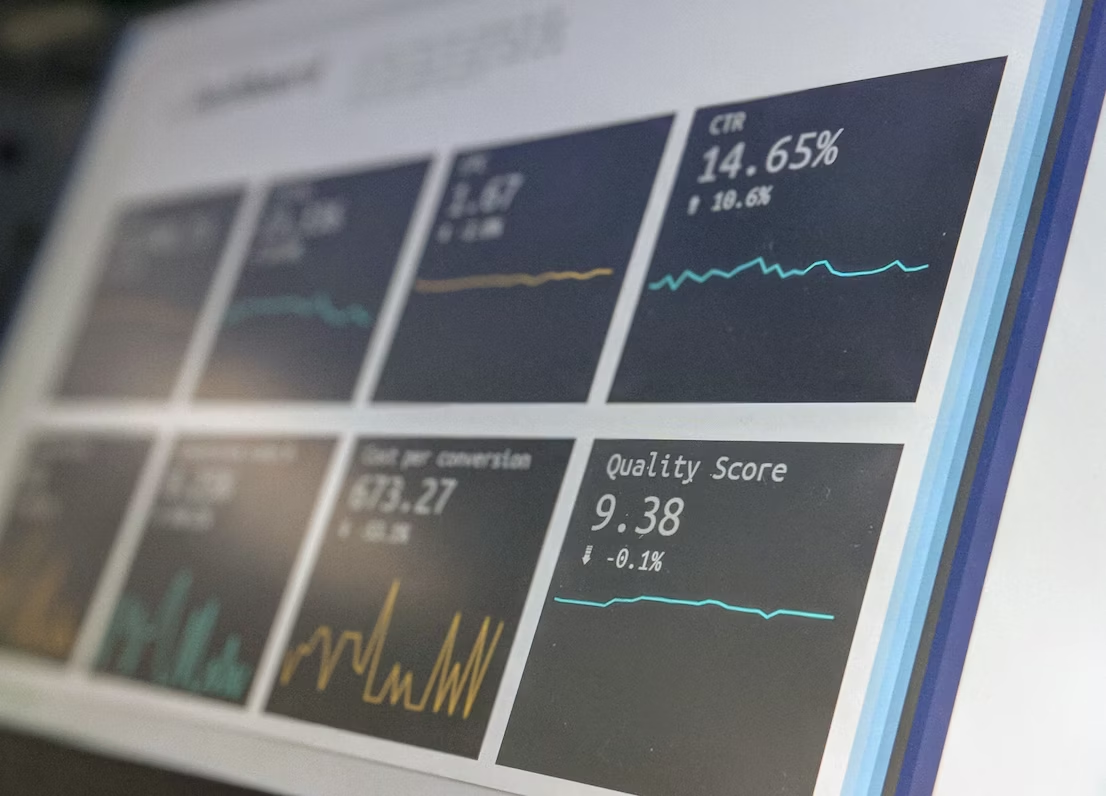The Power of Audience Feedback
Live theatre is a unique art form that thrives on the dynamic interplay between performers and audience. Unlike movies or books, where the experience is largely one-way, theatre allows for a direct exchange of energy and emotion between those on stage and those in the seats. This symbiotic relationship is what makes audience feedback so powerful and impactful in the world of theatre production.
Audience reactions, whether expressed through applause, laughter, or even silence, provide invaluable insights into what resonates and what falls flat. A play that leaves audiences spellbound and emotionally invested is a clear indication of its success, while tepid responses or walkouts signal areas that need improvement. As noted in a study by Wolf Brown, encouraging audiences to provide meaningful feedback on the art itself is a critical step forward for the theatre field.
Moreover, audience feedback can profoundly influence the development of a production. Playwrights and directors often use preview performances to gauge audience reactions and make adjustments before the official opening. Positive responses can boost confidence, while constructive criticism can help refine aspects of the performance . This iterative process, fueled by audience input, can elevate a good production to greatness.
The Evolution of Audience Engagement
Theater has long been an interactive experience, with the audience playing a crucial role in shaping the performance. In ancient Greece, the altar of the god Dionysus was surrounded by a circular space for dancing, marking the origins of the performance area. Even in these early days, the audience was an active participant, engaging with the performers through movement and ritual.
From the 1960s to the 1980s, there was a significant increase in audience interaction and experimental theater forms. Companies like "The Living Theatre" pushed the boundaries of traditional performances, blurring the lines between actors and spectators. This paved the way for the emergence of immersive theater, which often requires audience members to actively participate and engage with the performance space.
Today, technology plays a pivotal role in enhancing audience engagement. From virtual reality experiences to interactive installations, theater companies are leveraging innovative tools to create more immersive and participatory performances. This shift towards interactive experiences not only captivates audiences but also fosters a deeper connection between the performers and the spectators, creating a truly shared artistic journey.
Gathering Audience Insights
Collecting valuable audience feedback is a crucial step in understanding your patrons' preferences and tailoring your productions to their needs. Several methods can be employed to gather insights effectively:
- Post-Show Surveys: Distributing surveys at the end of a performance allows you to capture immediate reactions and opinions while the experience is still fresh in the audience's mind. Surveys can cover various aspects, such as overall satisfaction, engagement levels, and suggestions for improvement. Survey platforms like AudienceView offer robust tools for collecting and analyzing survey data.
- Focus Groups: Conducting focus groups with a diverse cross-section of your audience can provide in-depth qualitative feedback. These moderated discussions allow you to explore specific themes, gauge reactions to new ideas, and gain a deeper understanding of your audience's perspectives.
- Social Media Monitoring: Tracking social media conversations and sentiment analysis can offer valuable insights into how your productions are being perceived and discussed online. Engage with your audience on platforms like Twitter, Facebook, and Instagram, and encourage them to share their thoughts and experiences.
- Audience Interviews: One-on-one interviews with select audience members can yield rich, nuanced feedback. These conversations allow you to delve deeper into individual experiences, preferences, and suggestions for improvement.
Once you've collected feedback through various channels, it's crucial to analyze and interpret the data objectively. Look for patterns, recurring themes, and areas of consensus or divergence. Leverage data analysis tools to identify trends and draw actionable insights. Remember, audience feedback should be viewed as a valuable resource for continuous improvement, not as a directive to be followed blindly.
Incorporating Feedback into the Creative Process
The art of theatre is a collaborative endeavor, and incorporating audience feedback into the creative process can elevate a production to new heights. Adapting scripts and staging based on audience reactions allows theatre professionals to fine-tune their craft, striking a delicate balance between artistic vision and audience preferences.
A collaborative approach to integrating feedback is key. Directors, playwrights, and dramaturgs should foster an open dialogue with audiences, actively seeking their insights through post-show discussions, surveys, and social media engagement. These interactions can reveal valuable perspectives on character development, pacing, and thematic resonance.
However, it's crucial to maintain a clear artistic vision while considering audience input. Theatre professionals must discern which feedback aligns with their creative goals and enhances the overall experience, rather than compromising their artistic integrity. By thoughtfully weighing audience reactions against their artistic objectives, they can create productions that resonate deeply with audiences while staying true to their unique creative voices.
Case Studies: Successful Audience-Driven Productions
Theatre productions that actively seek and incorporate audience feedback often experience heightened critical acclaim and box office success. One notable example is the Broadway musical "Dear Evan Hansen," which underwent significant revisions based on audience reactions during its pre-Broadway run. As detailed in a case study, the creative team utilized feedback from early audiences to refine the show's narrative and emotional resonance, ultimately leading to its Tony Award-winning success.
Another illuminating case study can be found in a handbook on capturing audience experiences, which highlights a fictional example of a regional theatre company that implemented post-show surveys and focus groups. By actively listening to audience reactions, the company was able to make informed decisions about future programming, marketing strategies, and even facility improvements, resulting in increased attendance and community engagement.
These examples underscore the transformative power of audience feedback when embraced by theatre professionals. Productions that prioritize audience insights and adapt accordingly often reap the rewards of heightened critical acclaim, stronger box office performance, and a deeper connection with their audiences.
The Pitfalls of Overreliance on Audience Feedback
While audience feedback can be a valuable tool, an overreliance on it can lead to potential pitfalls that risk compromising artistic integrity. Theatre professionals must strike a delicate balance between incorporating audience insights and maintaining their creative vision.
One major concern is the risk of diluting or altering the original artistic intent to please the masses. By catering too heavily to audience preferences, productions may lose their unique voice and become homogenized, sacrificing depth and complexity for broad appeal. This can result in a watered-down, uninspired final product that fails to challenge or provoke its audience.
Additionally, attempting to please everyone can paradoxically lead to pleasing no one. With diverse audience demographics and varied tastes, it's impossible to satisfy every individual's preferences. Trying to incorporate conflicting feedback can result in a disjointed, incoherent production that lacks focus and fails to resonate with any particular audience segment.
Theatre professionals must remember that they are the experts in their craft, and while audience feedback should be considered, it should not dictate the entirety of the creative process. Maintaining a strong artistic vision and staying true to the core themes and messages of the work is crucial for creating meaningful, impactful productions that leave a lasting impression on audiences.
Building a Feedback-Friendly Culture
Creating a culture that values and embraces audience feedback is crucial for theatre companies seeking to stay relevant and connected with their audiences. Fostering an environment of open communication and collaboration is key to this endeavor.
Encourage open dialogue by providing multiple channels for audiences to share their thoughts and experiences, such as post-show discussions, online forums, or feedback forms. Actively listen to these voices and make it clear that their input is valued and taken seriously. Treat feedback as a gift, an opportunity to gain insights into your audience's perspectives and preferences.
Foster a collaborative spirit within your organization, where feedback is viewed as a tool for growth and improvement rather than criticism. Involve all stakeholders, from writers and directors to actors and production teams, in the process of reviewing and implementing audience insights. Embrace a mindset of continuous learning and adaptation.
Celebrate successes born from audience feedback, highlighting how their input has shaped and enriched your productions. This not only acknowledges the value of their contributions but also encourages further engagement and fosters a sense of community.
Ultimately, building a feedback-friendly culture requires a genuine commitment to putting the audience at the heart of your creative process. By embracing their perspectives and insights, you can create productions that truly resonate and forge lasting connections with your audience.

The Future of Audience Engagement
The theatre world is rapidly evolving, and audience engagement is at the forefront of this transformation. Emerging trends and technologies are reshaping the way audiences interact with performances, offering immersive experiences that blur the lines between the stage and the audience.
Immersive theatre is another trend that is gaining momentum, with productions like Sleep No More by Punchdrunk creating fully interactive environments where audiences can explore and engage with the performance on a deeper level. These experiences often incorporate personalized feedback loops, where audience reactions and choices can influence the direction of the performance in real-time.
As technology continues to advance, we can expect to see even more innovative ways for audiences to engage with theatrical productions. Personalized feedback loops may become more sophisticated, allowing audiences to provide real-time feedback that directly shapes the performance. Additionally, the integration of artificial intelligence and machine learning could lead to adaptive performances that adjust based on audience reactions and preferences.
Overall, the future of audience engagement in theatre promises to be an exciting and ever-evolving landscape, offering audiences unprecedented levels of immersion and personalization.
Advice for Theatre Professionals
First and foremost, actively encourage audience participation through post-show discussions, online surveys, and social media engagement. Make it clear that their input is valued and will be carefully considered. However, it's crucial to strike a balance between respecting audience preferences and maintaining artistic integrity. While feedback can inform and inspire, the final creative decisions should align with the production's overall vision and the director's artistic sensibilities.
When incorporating audience insights, look for patterns and recurring themes rather than catering to every individual opinion. Analyze the data objectively and identify areas where adjustments could genuinely enhance the experience without compromising the core concept. Collaborating with a dedicated dramaturg can be invaluable in this process, as they can provide an objective perspective and help navigate the complexities of audience feedback.
Ultimately, effective communication is key. Transparently share the rationale behind creative choices, acknowledging the audience's input and explaining how it influenced the decision-making process. This not only fosters trust and appreciation but also encourages continued engagement from the audience. By embracing audience feedback as a valuable resource while staying true to their artistic vision, theatre professionals can create productions that resonate deeply with their audiences and leave a lasting impact.









